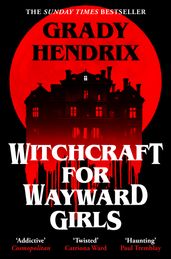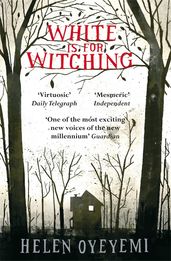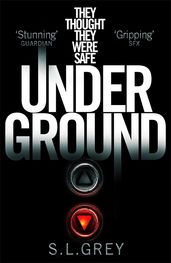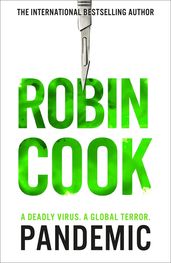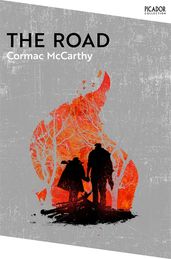Books to read if you love Stephen King
Fans of horror and suspense (and the occasional dose of dark sci-fi and fantasy), will love these books like Stephen King.
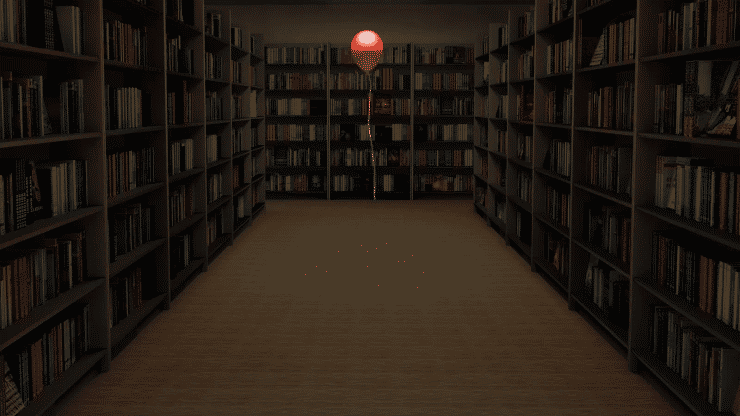
According to Stephen King, ‘books are a uniquely portable magic’, and in the case of his own works this is undeniably true. If you can't get enough of horror and nightmarish science fiction, unsettling fantasy and twisted versions of our own world, you'll love these books like Stephen King.
Witchcraft for Wayward Girls
by Grady Hendrix
With echoes of Carrie, this new Southern Gothic horror from the author of How to Sell a Haunted House and The Final Girl Support Group takes us to St. Augustine, Florida, and 1970. Fifteen-year-old Fern has just arrived at Wellwood House, a 'home' for unwed mothers. Every second of Fern and the other teenagers' days is controlled by adults who claim to know what's best. Then Fern is given a book about witchcraft, and the balance of power suddenly shifts. But such gifts always come with a price. And it's usually paid in blood.
‘The Rats is splatterpunk deluxe. Not only great, gory fun but a prime example of what was once called "the British nasty." I loved it then, love it still.’
— Stephen King
The Rats
by James Herbert
The first victim was a former paper salesman drinking himself into oblivion down by the docks. Next a child and her beloved dog, then six drifters fighting over a bottle of gin – all devoured by a black, writhing mass of giant rats. As London descends into panicked chaos, high school teacher Harris is pulled head-first into the nightmare when a student arrives with a rat bite on his hand. And he quickly realises that this is no ordinary creature. The rats have had their first taste of human blood. And they're hungry for more . . .
‘ Britain’s answer to Stephen King’
The Ritual
by Adam Nevill
Four old university friends reunite for a hiking trip in the Scandinavian wilderness of the Arctic Circle. Frustrated and tired they take a shortcut through the forest and stumble across an isolated old house. Inside, they find the macabre remains of old rites and pagan sacrifices. A place of dark ritual and home to a bestial presence . . . and now they’re the prey.
Out There Screaming
by Jordan Peele
If you're of the view that the only thing more horrifying than Pennywise the clown is the strange, almost-acquiescence of Derry, Maine's population to the harm being done to their children, then the mix of supernatural terror and real-life fears explored in this anthology is for you. A cop begins seeing huge, blinking eyes in place of the headlights of cars that tell him who to pull over. Two freedom riders take a bus that leaves them stranded on a lonely road in Alabama where several unsettling somethings await them. A young girl dives into the watery depths in search of the demon that killed her parents. Jordan Peele, the visionary writer and director of Get Out, Us, and Nope, curates this groundbreaking anthology of Black horror, full of stories that prey on everything we think we know about our world and redefine what it means to be afraid.
House of Small Shadows
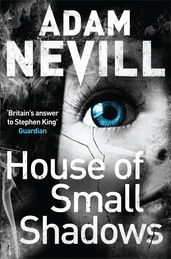
From evil clowns to another modern phobia – puppets. When Catherine Howard is invited to value the contents of the house of the late M. H. Mason, damaged genius, master taxidermist and puppeteer, she can’t believe her luck. But the house has secrets, and at night the building comes alive with noises and fleeting glimpse of small shadows on the stairs . . .
‘Blake Crouch has a mind like Crichton and a heart like King.’
— David Koepp, author of Cold Storage
Famous
by Blake Crouch
Meet Lance. 38-years-old. By all accounts, a world-class loser. Except for one glaring exception . . . he has a million-dollar face. Lance has been mistaken twenty-eight times for the Oscar-winning movie star, James Jansen, and for the last ten years, he’s saved his money and studied Jansen’s films, his moves, his idiosyncrasies, even the way he speaks. Now, after an unceremonious termination from his job, Lance has decided that the time has come to go after his dream. . .
White is for Witching
by Helen Oyeyemi
If you loved the pin-drop atmosphere of the isolated Overlook Hotel in The Shining, then let us introduce you to White is for Witching. High on the cliffs near Dover, the Silver family is reeling from the loss of Lily, mother of twins Eliot and Miranda, and beloved wife of Luc. Miranda misses her with particular intensity. Their mazy, capricious house belonged to her mother’s ancestors, and to Miranda, newly attuned to spirits, newly hungry for chalk, it seems they have never left. Forcing apples to grow in winter, revealing and concealing secret floors, the house is fiercely possessive of young Miranda . . .
Under Ground
by S. L. Grey
Perfect for fans of Under the Dome, S. L. Grey's Under Ground takes us to The Sanctum, a luxurious, self-sustaining survival condominium situated underground. It's a plush bolt-hole for the rich and paranoid – a place where they can wait out the apocalypse in style. When a devastating super-flu virus hits, several families race to reach The Sanctum. All have their own motivations for entering. All are hiding secrets. But when the door locks and someone dies, they realize the greatest threat to their survival may not be above ground – it may already be inside.
Pandemic
by Robin Cook
Fans of The Stand should have a read of Robin Cook's Pandemic. A woman is struck by a respiratory attack as she heads home on the New York subway – by the time she reaches Manhattan, she’s dead. Forensic pathologist Jack Stapleton fears her death could be the first fatality caused by a deadly airborne virus. When further cases occur in the city, and then around the world, Jack enters a race against time to stop the virus before it’s too late . . .
The Road
by Cormac McCarthy
If you read and loved King's stories written as Richard Bachman – and particularly The Long Walk – then this modern classic from Cormac McCarthy should be right up your. . . road. Another, very different, dystopia where a long and dangerous walk is the only choice for survival, The Road follows a father and son as they head towards the coast with nothing but a pistol to defend themselves.
For even more terrifying book recommendations, check out this episode of Book Break:
Explore the best dystopian books for gripping, thought-provoking reads.
